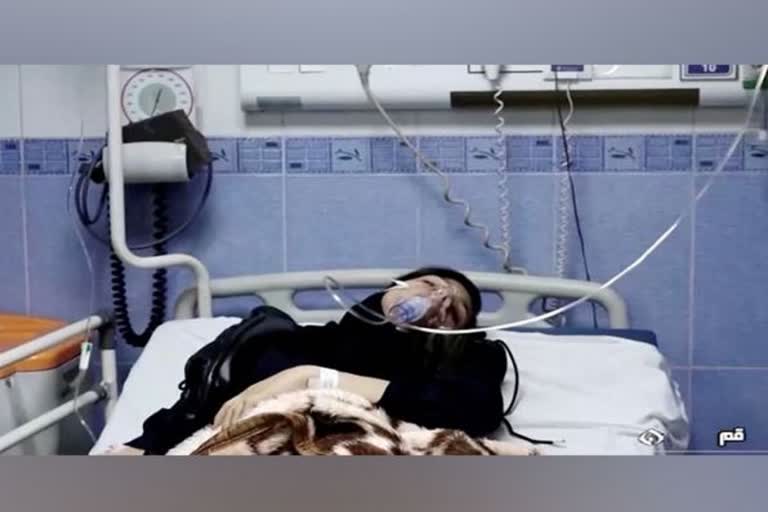Nicosia (Cyprus) : Is the mysterious and unexplained wave of schoolgirl poisoning in various Iranian cities, which so far has affected more than 900 girls, a "revenge" attack by extreme Islamists who do not want girls to attend schools, or government supporters who are "avenging" women and girls for the widespread protests sparked by the death of Mahsa Amini, or as Iranian President Ebrahim Raisi claims the work of Tehran's enemies?
The first known incident of schoolgirl poisoning occurred on November 30 in the city of Qom, when about 50 students fell ill and were taken to the hospital. According to the media, the girls reported a pungent smell of rotten tangerines, chlorine, or cleaning agents, and then suffered from headaches, dizziness, respiratory problems and nausea. Some of them even experienced temporary paralysis of their limbs. Although the girls were released after a few days, an 11-year-old girl named Fatemeh Rezai reportedly died from the poisoning, although her family and the doctor who treated her said that she had died from "an acute infection and was not poisoned."
Iranian media reported that the schoolgirl poisoning in Qom was followed by at least 58 schools in eight provinces and in the capital city of Tehran, and the cities of Borujerd and Ardebi. Dozens of girls were hospitalized as well as some boys and teachers who were also affected by the toxic substance used in the attacks. On Saturday, the Reuters news agency reported that sickness affected more than 30 schools in at least 10 of Iran's 31 provinces and that dozens of students were taken to hospitals for treatment.
At first, the Iranian regime tried to dismiss and downplay the incidents. Still, as the frequency of the attacks increased, it realized that it could no longer conceal the fact that what happened to girls' schools across the country was not accidental. The United Nations Human Rights office in Geneva called on Friday for a transparent investigation into suspected attacks and several countries, including Germany and the United States, have voiced concern. Iranian Deputy Education Minister Younes Panahi admitted that the attacks were intentional but did not involve military-grade but publicly available chemicals. "It became evident that some people wanted all schools, especially girls' schools, to be closed down,\" he said, later claiming that his remarks had been misunderstood.
Last Friday, President Ebrahim Raisi claimed that the poisoning was the work of Iran's enemies, who seek to cause chaos in the country and try to instil fear, despair and insecurity among parents and students. Raisi appointed the Interior Ministry to oversee the investigations, while the prosecutor general announced the opening of a criminal investigation and added that available evidence indicates criminal and premeditated acts. According to a report in Al Jazeera, Reza Karimi Saleh, deputy governor of the Pardis suburb of Tehran, said that a fuel tanker found next to the school in the suburb was attacked with a toxic substance was also spotted in the attacks against schools in Qom. The driver of the tanker has been arrested.
Many Iranians fear that Islamist hardliners are behind the attacks as their aim is to terrorize the girls and make their families stop sending them to school. Such methods were used by the Taliban in Afghanistan in 2010 and more recently by the Islamic terrorist group Boko Haram in Nigeria, which in 2014 kidnapped 276 schoolgirls. Alireza Monadi, a lawmaker and the head of Parliament's education committee, said on Tuesday that the schools had been deliberately attacked and that 30 toxicologists in the Health Ministry had identified the toxins found in schools as nitrogen gas.
